By means of endovascular techniques, the treatment of a large number of vascular pathologies can be performed. These techniques consist of access to the circulatory system through a needle puncture in an accessible vessel such as the femoral (in the groin) or humeral or radial (in the arms). Once inside the arterial or venous system, by the use of guides and catheters can treat stenotic or occlusive lesions in the vessels, or pathological dilatations (aneurysms) at different levels.
These lesions in the vessels can be treated, depending on the case, with a dilatation with an angioplasty balloon or with the implantation of metallic stents (a technique similar to that used by cardiologists hemodynamics in the coronary arteries, the vessels of the heart), or with the implant of covered stents, also called endoprostheses.
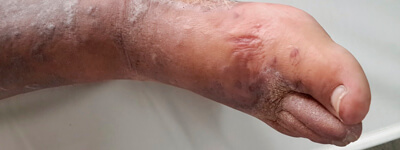
ARTERIAL INJURIES OF THE LIMBS
In stenosis, occlusions, traumatisms and aneurysms. Diagnosis using non-invasive techniques (echo-Doppler, angioresonance and angioTAC), and, if necessary, angiography by catheterization. Pharmacological treatment, minimally invasive endovascular techniques (angioplasties, stent, fibrinolysis, endoprosthesis, etc.) and conventional surgery (by-pass, arterial grafts, plasties, etc.).
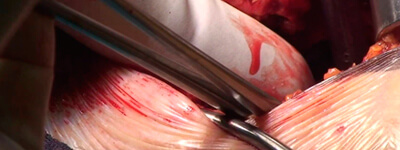 INJURIES OF SUPRAAÓRTICOS TRUNKS
INJURIES OF SUPRAAÓRTICOS TRUNKS
Especially carotids, which are the main cause of cerebral infarcts. Non-invasive diagnosis using echo-Doppler and angioresonance. Endovascular therapy with stent implantation through catheterization and conventional therapy using carotid endarterectomy.
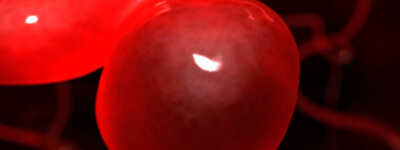 AORTIC INJURIES
AORTIC INJURIES
Especially aneurysms, performing the non-invasive diagnosis through ultrasound, angioresonance or angioTAC. Therapeutic through endovascular techniques, lower risk, and conventional surgery (resection and arterial grafting).
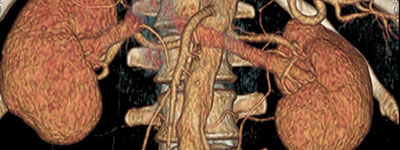
VISCERAL ARTERIAL INJURIES
Especially renal arteries (kidneys), mesenteric (intestinal) and celiac trunk (liver, stomach and spleen). Minimally invasive diagnosis with ultrasound, angioresonance and angioTAC. Minimally invasive therapeutics through catheterization, angioplasty and / or stenting. Bypass surgery if necessary.
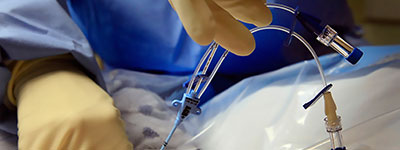 VASCULAR MALFORMATIONS
VASCULAR MALFORMATIONS
Noninvasive diagnosis using ultrasound and minimally invasive angioresonance and therapeutics (embolizations through selective catheterization, sclerosing foam), as well as the possibility of surgical resection.
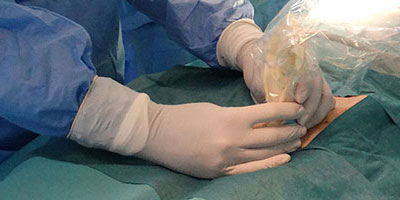
Starting from the premise that each patient and each pathology are absolutely personal and non-transferable, these are some of the most frequent procedures that we carry out in the most common conditions that we find in consultation and operating room:
Treatment of carotid pathology:
Angioplasty / carotid stent.
Treatment in the aorto-iliac sector:
Angioplasty / aorto-iliac stent.
Treatment in the femoro-popliteal and distal sector:
Angioplasty / stents.
Percutaneous treatment of Aortic Artery Aneurysms (Thoracic and Abdominal):
Implantation of aortic endoprosthesis through femoral puncture and with minimal hospitalization (EVAR and TEVAR).
Treatment of vascular malformations:
Embolizations by selective catheterization, (sclerosing foam), as well as the possibility of surgical resection.
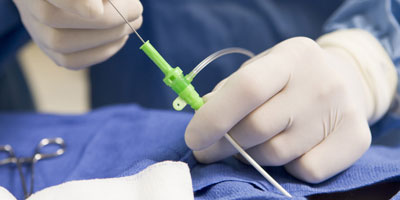
The results after arterial interventions with minimally invasive therapies in IVEI are successful. Our long experience, coupled with the professional strength of our surgeons and the nursing team, guarantee our patients maximum standards of quality, safety and reliability.
Likewise, our ability to act in complex cases or in pathologies of advanced course that do not allow a “typical” approach is excellent, achieving results – on countless occasions – that exceed the expectations of our patients.

Unless there is a medical evaluation against it, any healthy person with arterial pathology is likely to benefit from the non-invasive therapies that we carry out in IVEI.
However, it will be our doctors, vascular surgeons and specialized nursing team who will indicate the suitability of the therapeutic path best suited to your needs.

